Precautions for cleaning and sterilizing alumina ceramic filling pumps
Aluminum oxide ceramic filling pumps have become the core components of high-precision and high hygiene filling processes in industries such as biopharmaceuticals, high-end cosmetics, and food and beverage due to their excellent corrosion resistance, high hardness, and biological inertness. A standardized cleaning and sterilization process is crucial to ensure long-term stable operation, maintain product sterility, and extend service life. This article aims to systematically explain the key considerations in this process and provide professional guidance for industry practice.
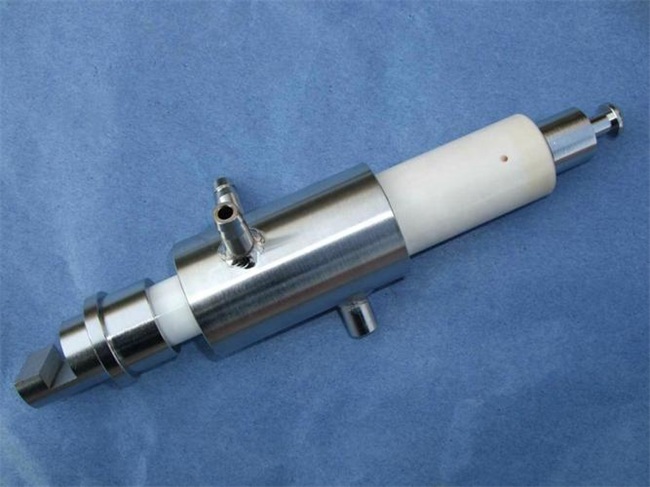
Product application and core advantages: Why choose alumina ceramic pump?
Before delving into the details of cleaning and sterilization, it is necessary to first understand the unique value of alumina ceramic filling pumps.
Core application areas:
Biopharmaceuticals: used for precise packaging of sterile preparations such as vaccines, monoclonal antibodies, cell and gene therapy drugs.
High end cosmetics: used for essence liquid, lotion and other products that require high purity and stability.
Food and beverage: used for high value-added beverages, seasonings, and products sensitive to metal ions.
Core advantages and problems solved by the product:
- Excellent chemical inertness and corrosion resistance: able to withstand frequent cleaning and sterilization of strong acids, strong alkalis, and various organic solvents, fundamentally solving the risk of metal pump body corrosion and metal ion contamination, ensuring the absolute purity of filled products.
- Extremely high hardness and wear resistance: The Mohs hardness is as high as level 9, second only to diamond. This effectively solves the problems of changes in pump chamber clearance, decreased filling accuracy, and particle contamination caused by material wear, ensuring long-term stable high-precision filling.
- Excellent biocompatibility and surface smoothness: The extremely low surface energy and mirror level polishing treatment make it difficult for active substances such as proteins and cells to adhere, greatly facilitating the cleaning and sterilization process, and effectively preventing the formation of biofilms, making it an ideal choice for aseptic production.
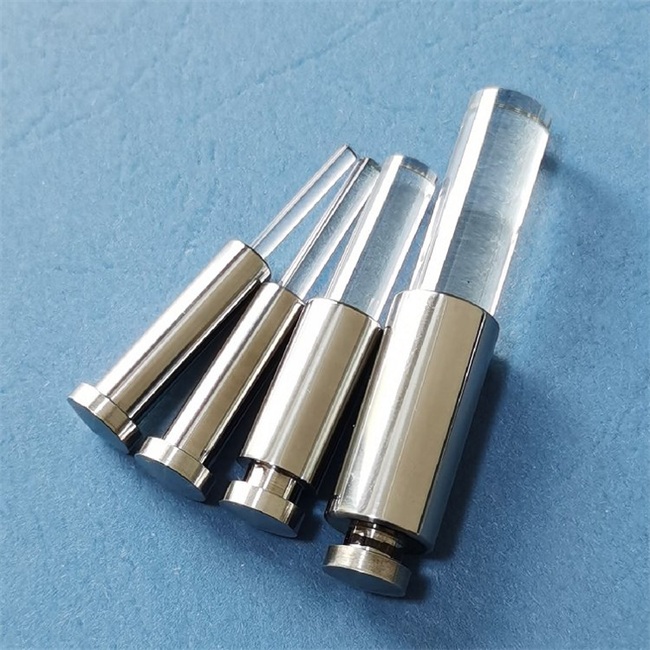
Preparation and disassembly before cleaning
Standardized pretreatment is the first step in ensuring cleaning effectiveness.
- Safety first: Before operation, it is necessary to confirm that the equipment power has been completely turned off and the pipeline pressure has been relieved.
- Standardized disassembly: Strictly follow the operation manual provided by the equipment manufacturer to disassemble the pump head, ceramic piston, sealing ring and other components in sequence. It is recommended to use specialized tools to avoid collision or mechanical damage to precision ceramic components.
- Preliminary flushing: Immediately use room temperature or warm water (≤ 40 ° C) to conduct a preliminary flushing of the removed components, with the aim of removing most of the remaining materials on the surface, preventing them from drying up and solidifying, and increasing the difficulty of subsequent cleaning.
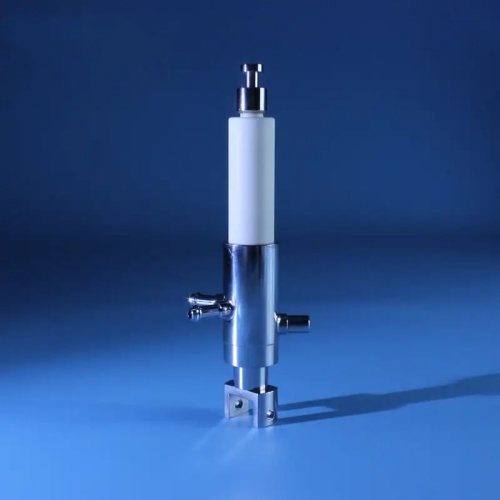
Key control points in the cleaning process
The purpose of cleaning is to thoroughly remove all pollutants, including visible residues and microorganisms.
- Selection of cleaning agents:
Recommendation: Use neutral or weakly alkaline specialized cleaning agents. Although alumina ceramics are corrosion-resistant, long-term use of strong alkali (especially NaOH with a concentration exceeding 1M) may have a slight impact on their surface smoothness.
Avoidance: Avoid using hydrofluoric acid (HF) and hot concentrated phosphoric acid, as these chemicals can corrode the surface of ceramics. - Cleaning methods and parameters:
Manual cleaning: Use a soft non-metallic brush (such as a polypropylene brush) or sponge for scrubbing. It is strictly prohibited to use hard tools such as steel wire balls to prevent scratching the ceramic surface.
CIP (online cleaning): For systems with CIP function, it is necessary to ensure that the cleaning solution has sufficient flow rate (usually ≥ 1.5 m/s) in the pump chamber and pipeline to form turbulence and achieve the best flushing effect. The cleaning temperature is usually controlled between 70 ° C and 85 ° C.
Time control: The cleaning contact time should be sufficient, generally not less than 10-15 minutes, to ensure that the cleaning agent fully reacts with the pollutants. - Final rinsing: After using the cleaning agent, it must be thoroughly and thoroughly rinsed with purified water (PW) or water for injection (WFI) until the effluent is neutral and free of any cleaning agent residue. This is a crucial step in preventing chemical pollution.
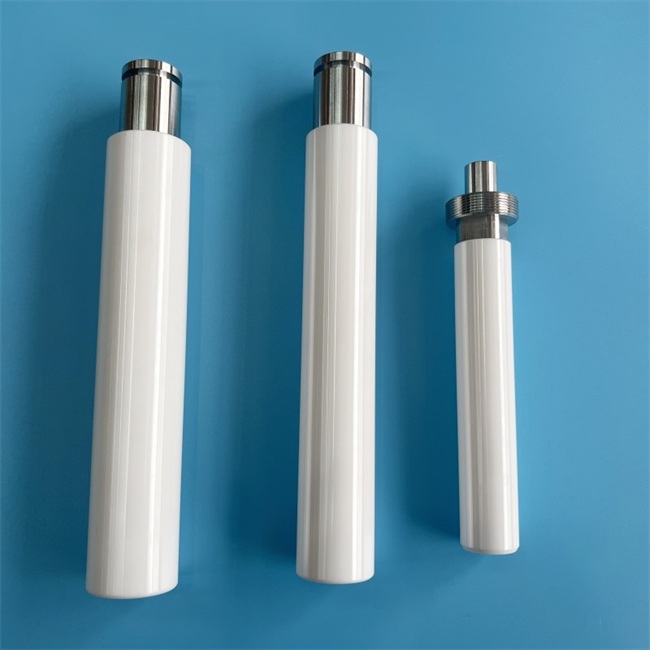
Professional guidelines for sterilization process
Sterilization is the ultimate barrier to ensure sterile filling requirements.
- High temperature and high pressure steam sterilization (preferred method):
Tolerance: Alumina ceramic components are fully resistant to high-pressure steam sterilization. This is a significant advantage compared to many engineering plastics.
Standard parameters: typically maintained at 121 ° C for 30 minutes; Or a more stringent 134 ° C, maintain for 15-20 minutes. The specific parameters need to be determined based on the process validation results of your product.
Notes:
Ceramic components must be sterilized separately from components that are not resistant to high temperatures, such as certain sealing rings.
Before sterilization, ensure that the components are thoroughly dried to prevent water droplets from accumulating and forming local cold spots, which may affect the sterilization effect.
Follow standard heating and cooling rates to avoid thermal shock. Although alumina ceramics have good thermal shock resistance, rapid temperature changes should still be avoided. - Dry heat sterilization:
Suitable for applications that can withstand higher temperatures, typically with parameters above 160 ° C and maintained for more than 2 hours. - Chemical sterilization (if necessary):
When thermal sterilization is not possible, chemical disinfectants such as peracetic acid and ethylene oxide can be used.
Key point: After sterilization, it is necessary to thoroughly rinse and rinse with sterile WFI or injection water until there are no residual sterilizing agents, and residue verification is required.
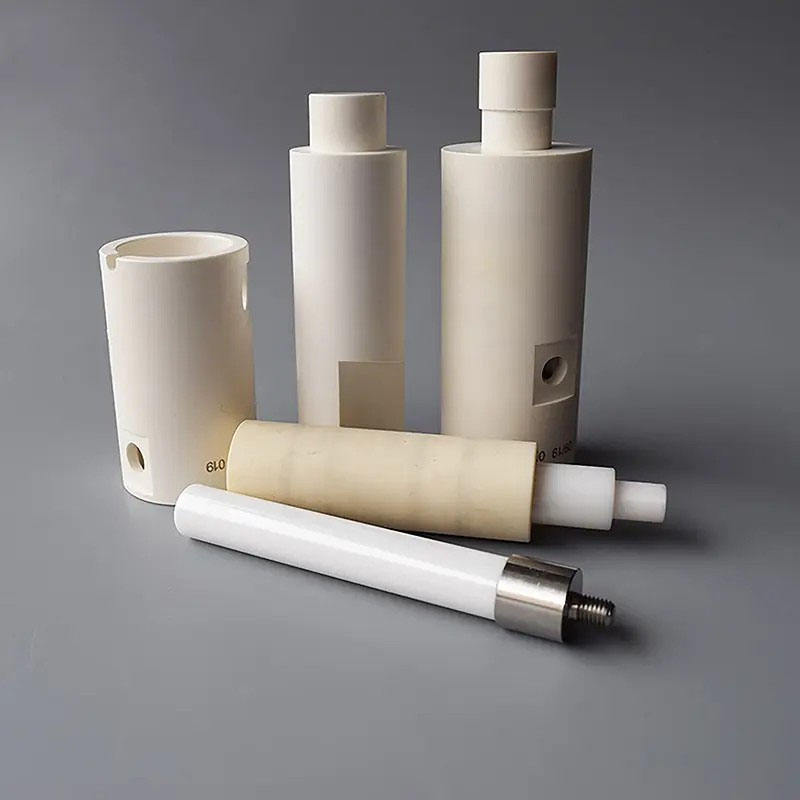
Sterilization post-treatment and assembly
- Cooling and drying: The sterilized components should be naturally cooled to room temperature in a laminar flow hood or sterile environment. Before assembly, ensure that all components are completely dry.
- Aseptic assembly: Operators must follow aseptic operating procedures, wear sterile gloves and clothing, and reassemble in an A-class clean area environment. Ensure that all sealing rings are installed in place and have appropriate tightness.
- Pre use inspection: After assembly, sterile WFI or simulated medium can be briefly circulated before formal filling to confirm that the pump body is running normally and without leaks.
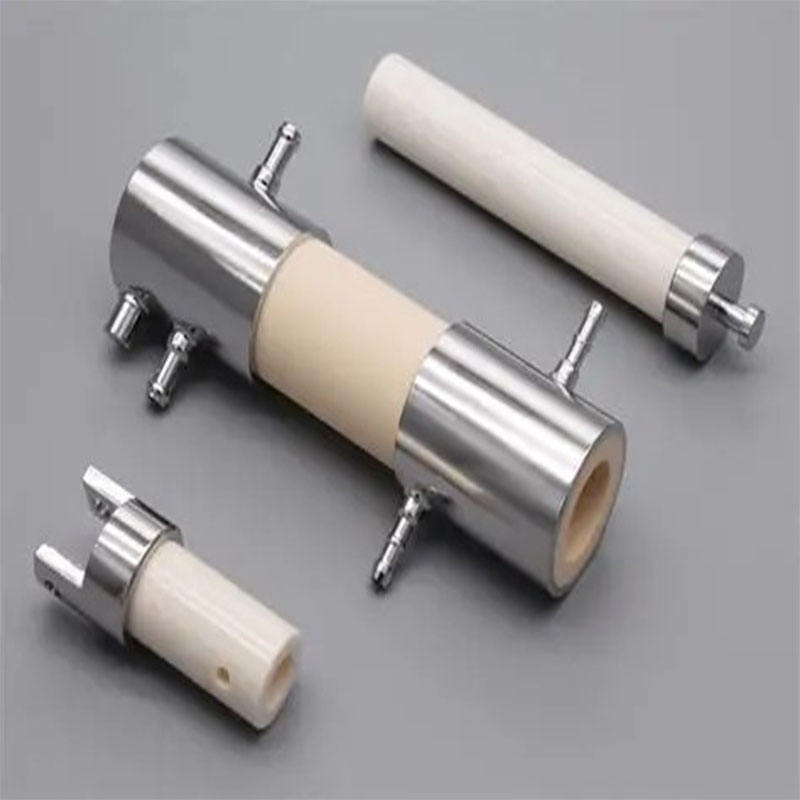
Daily maintenance and storage
Regular inspection: Regularly inspect the inner walls of the ceramic piston and pump cylinder for scratches, cracks, or abnormal wear. Any minor damage may affect the sealing and filling accuracy.
Proper storage: After cleaning and drying, ceramic components should be stored in a dedicated container with a soft lining and in a dry, dust-free environment.
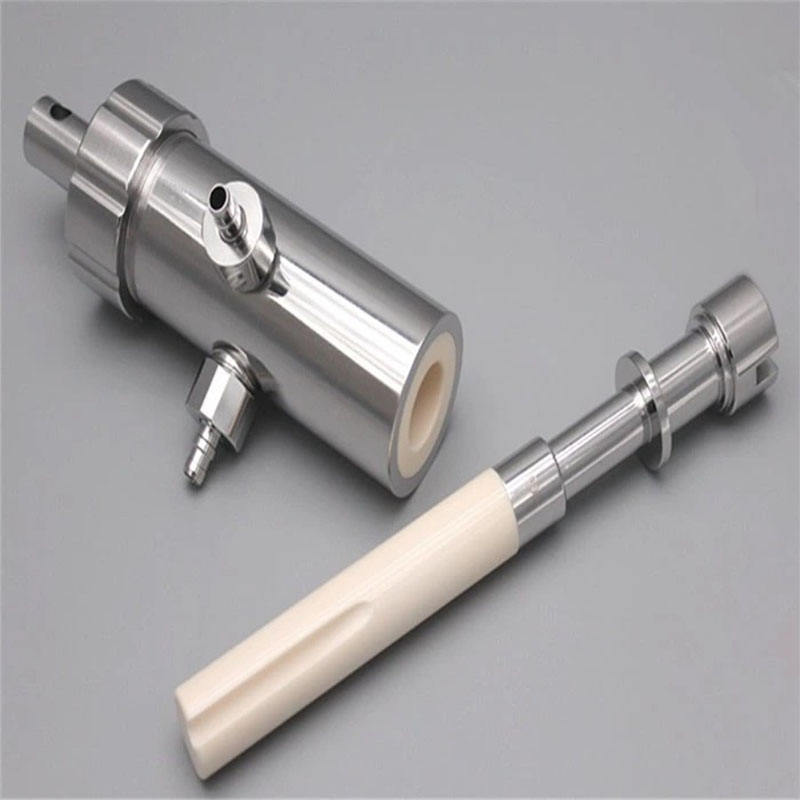
The alumina ceramic filling pump, with its excellent material performance, provides a reliable solution for sterile and precise filling of high-value and highly sensitive fluids. However, the sustained performance of its excellent performance heavily relies on a scientific and rigorous cleaning and sterilization protocol. Following the precautions described in this article not only effectively ensures the quality and safety of each batch of products, but also maximizes the service life of this precision component, bringing significant economic benefits and quality assurance to the enterprise in the long run. Standardizing this process and incorporating it into the production quality management system is an indispensable part of modern high-end manufacturing.
Brudeze Ceramics supplies and sells a wide range of high-quality quartz glass, including alumina ceramics, zirconia ceramics, silicon nitride ceramics, aluminum nitride ceramics, silicon carbide ceramics, boron carbide ceramics, bioceramics, machinable ceramics, etc. We can meet the customization requirements of various ceramic products.
PREVIOUS:What are the advantages of zirconia ceramic injection pump
CATEGORIES
LATEST NEWS
- What is the wear resistance...
- What is the hardness of cer...
- Aluminum oxide ceramic cust...
- What are the main aspects o...
- What are the mechanical pro...
- Thermal properties of zirco...
- What properties should be c...
- What are the mechanical pro...
- What are the main advantage...
- What is Macor processable g...
